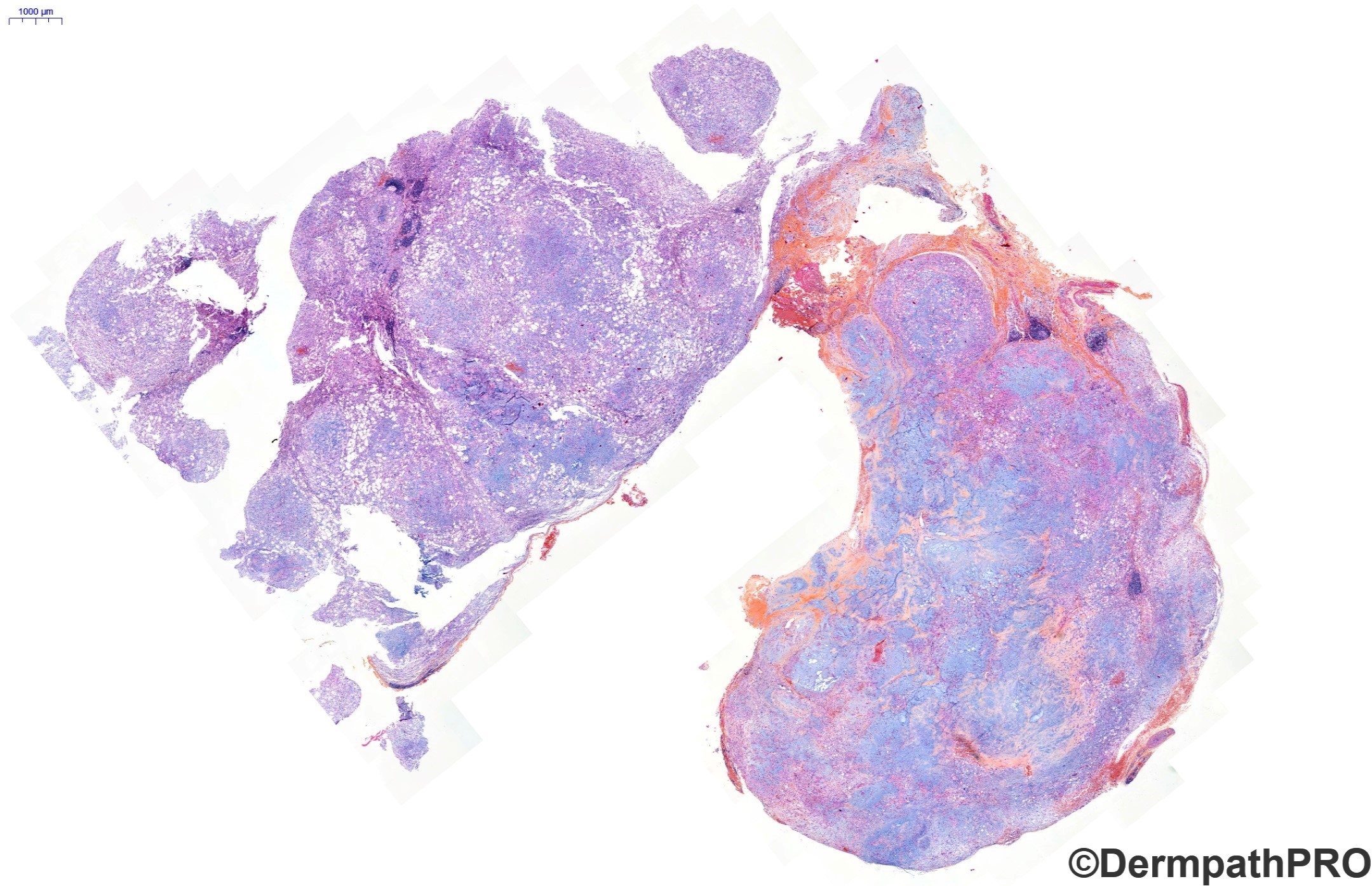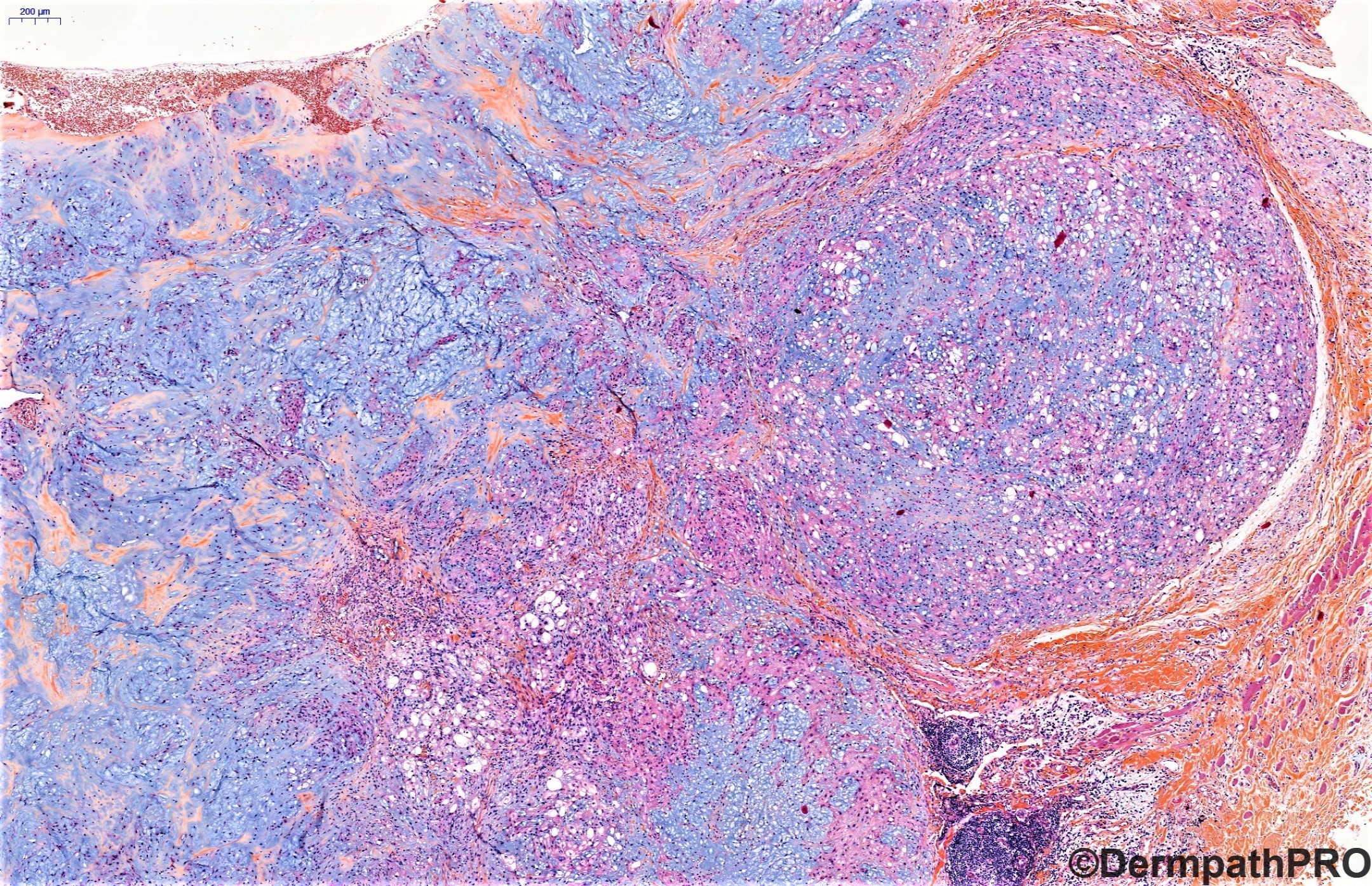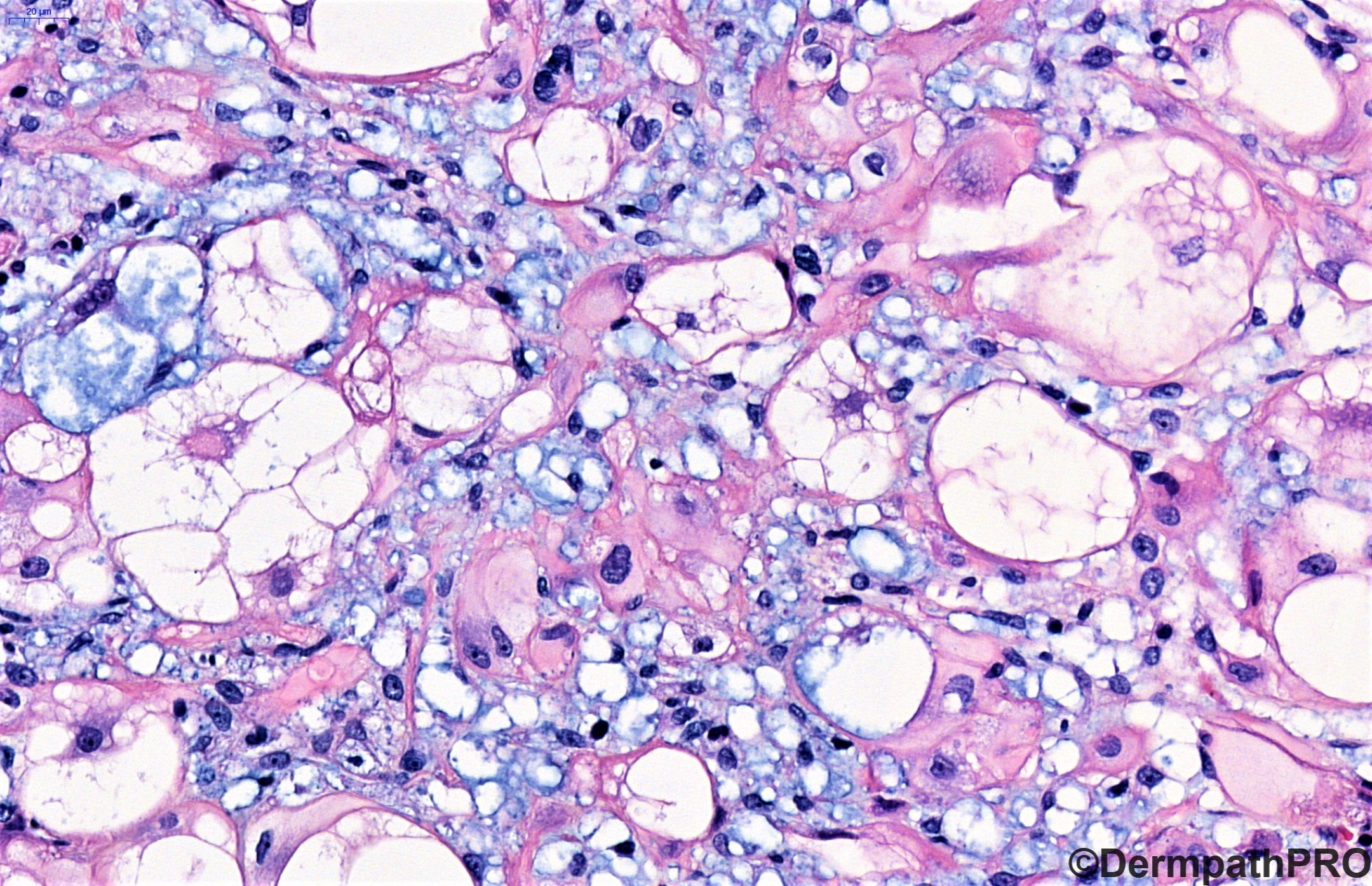Case Number : Case 2196 - 8 November 2018 Posted By: Raul Perret
Please read the clinical history and view the images by clicking on them before you proffer your diagnosis.
Submitted Date :
26y old male presenting with tumor in the masseter muscle evolving for 2 years.







Join the conversation
You can post now and register later. If you have an account, sign in now to post with your account.